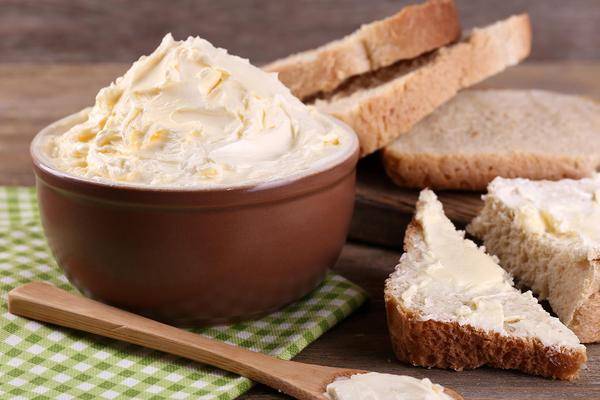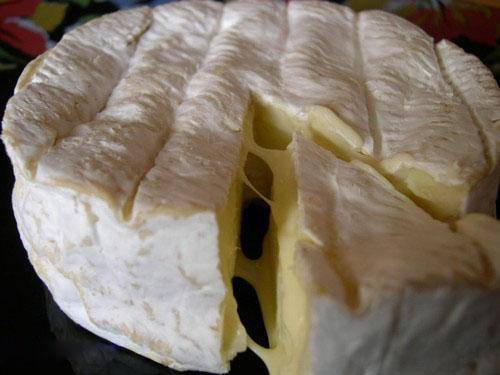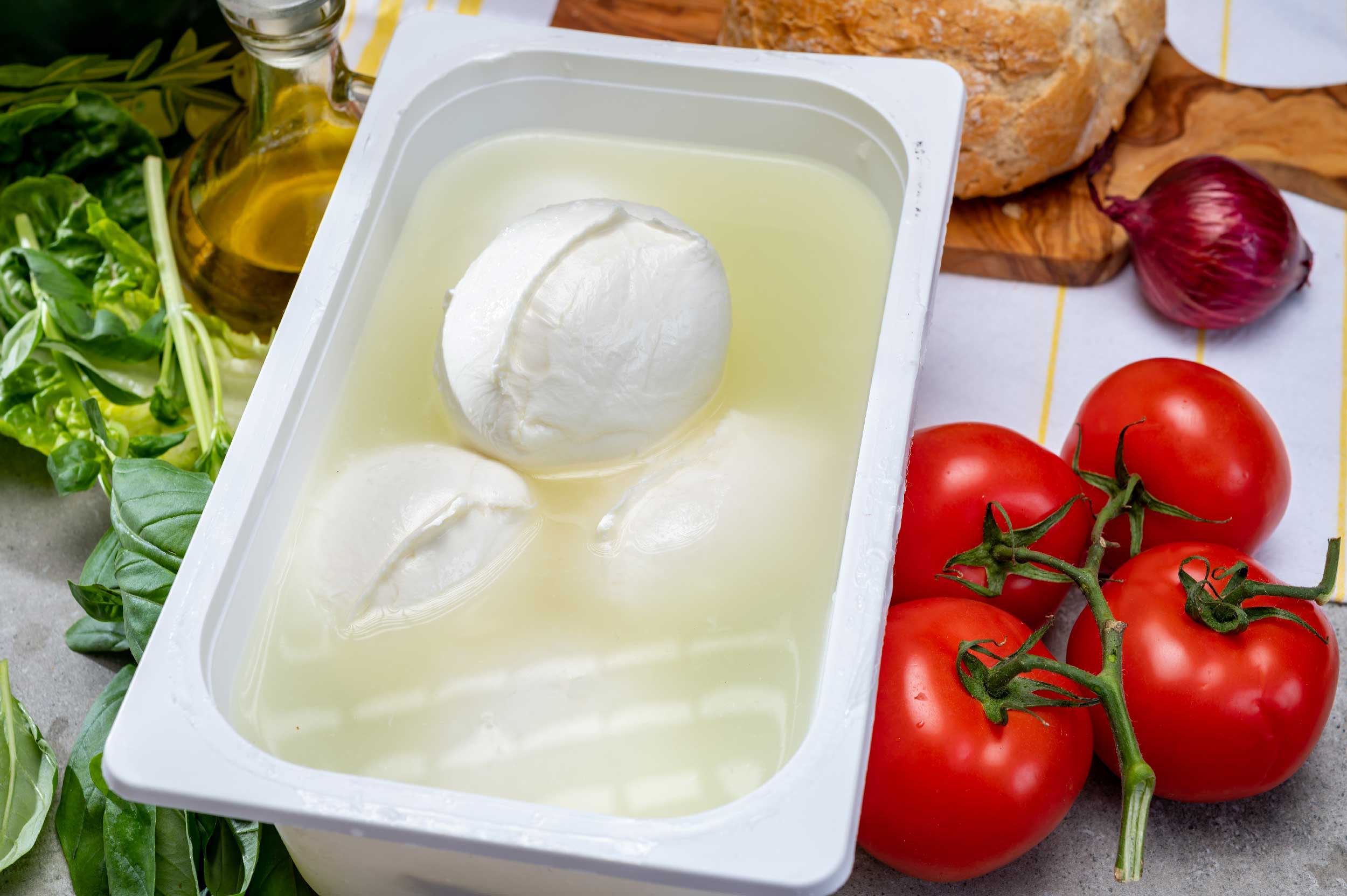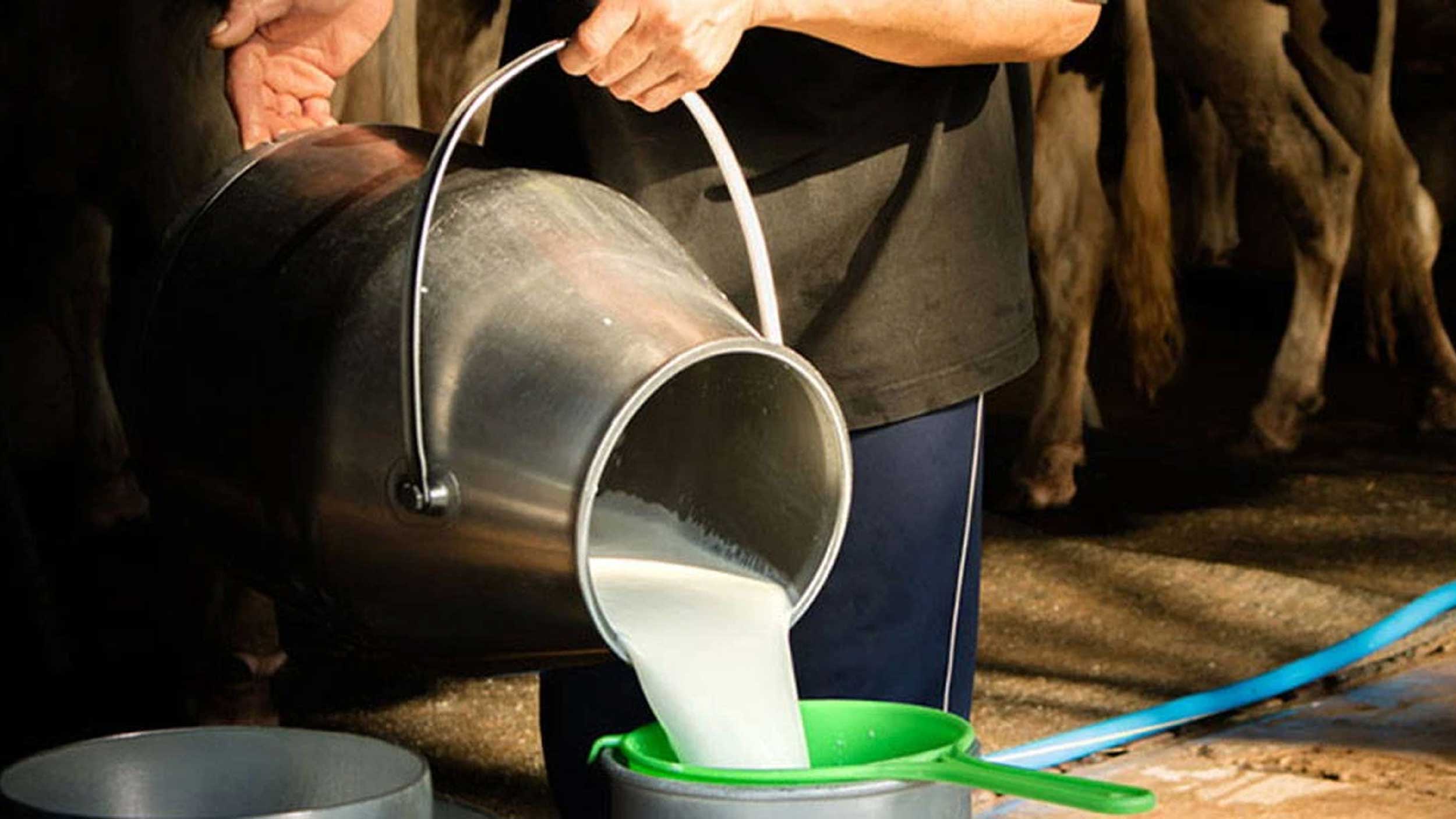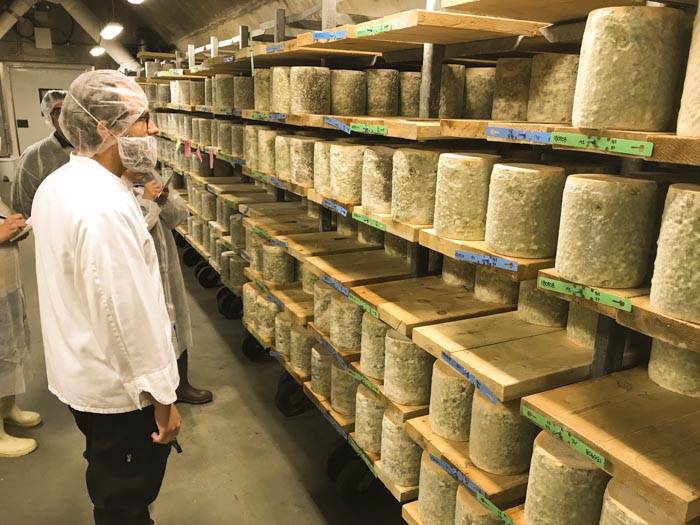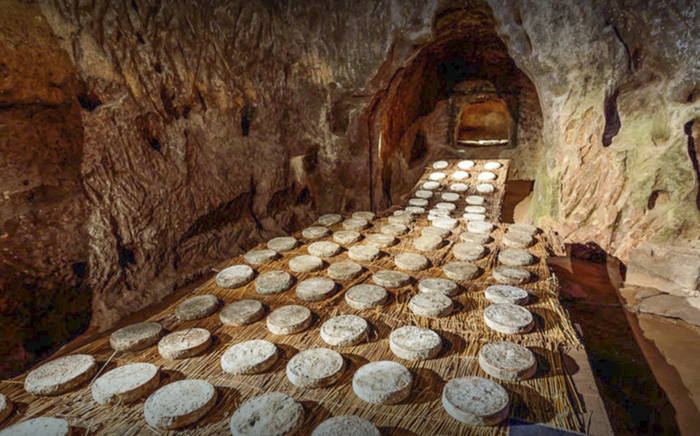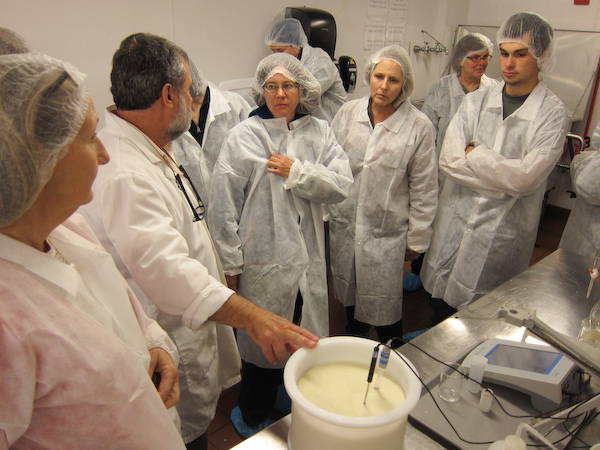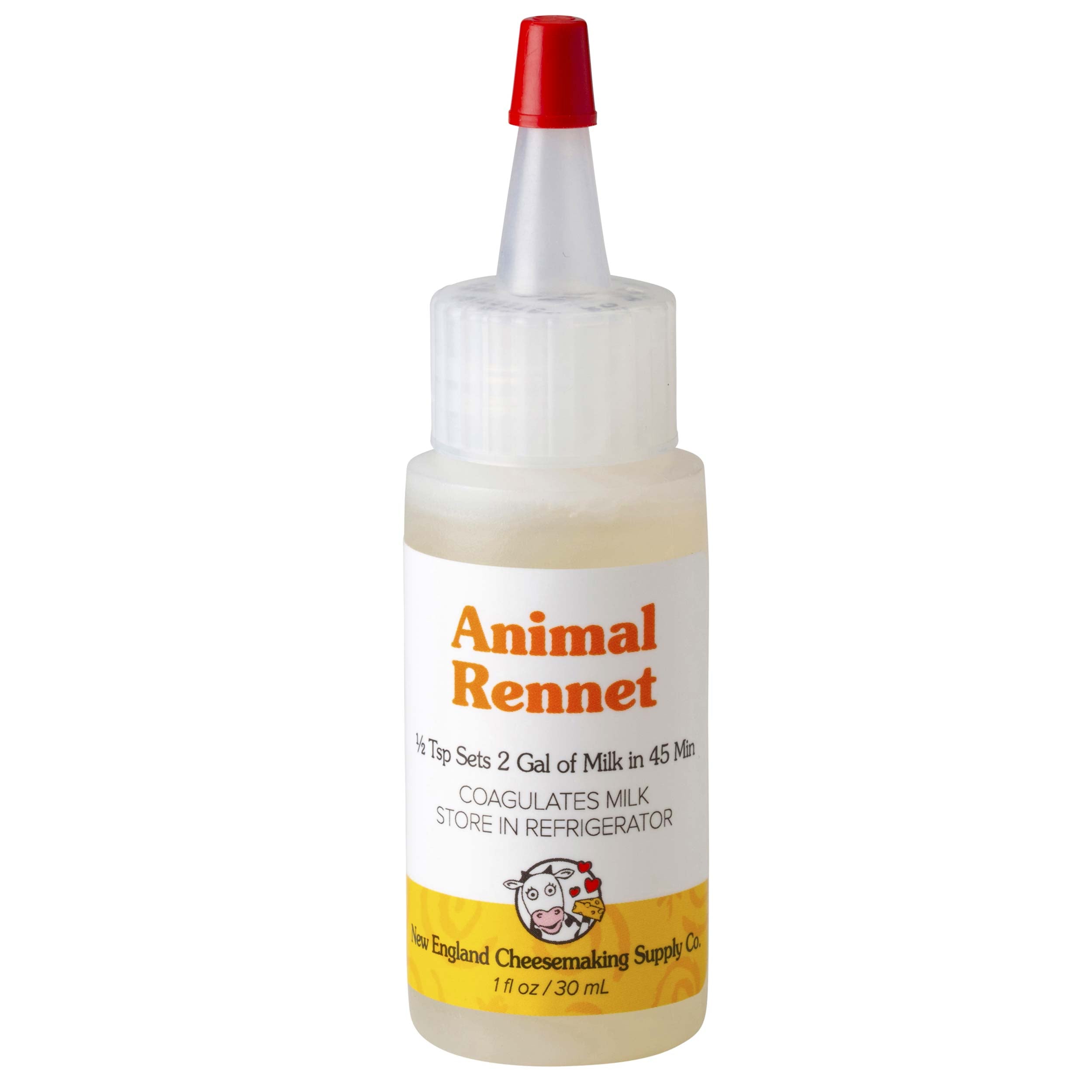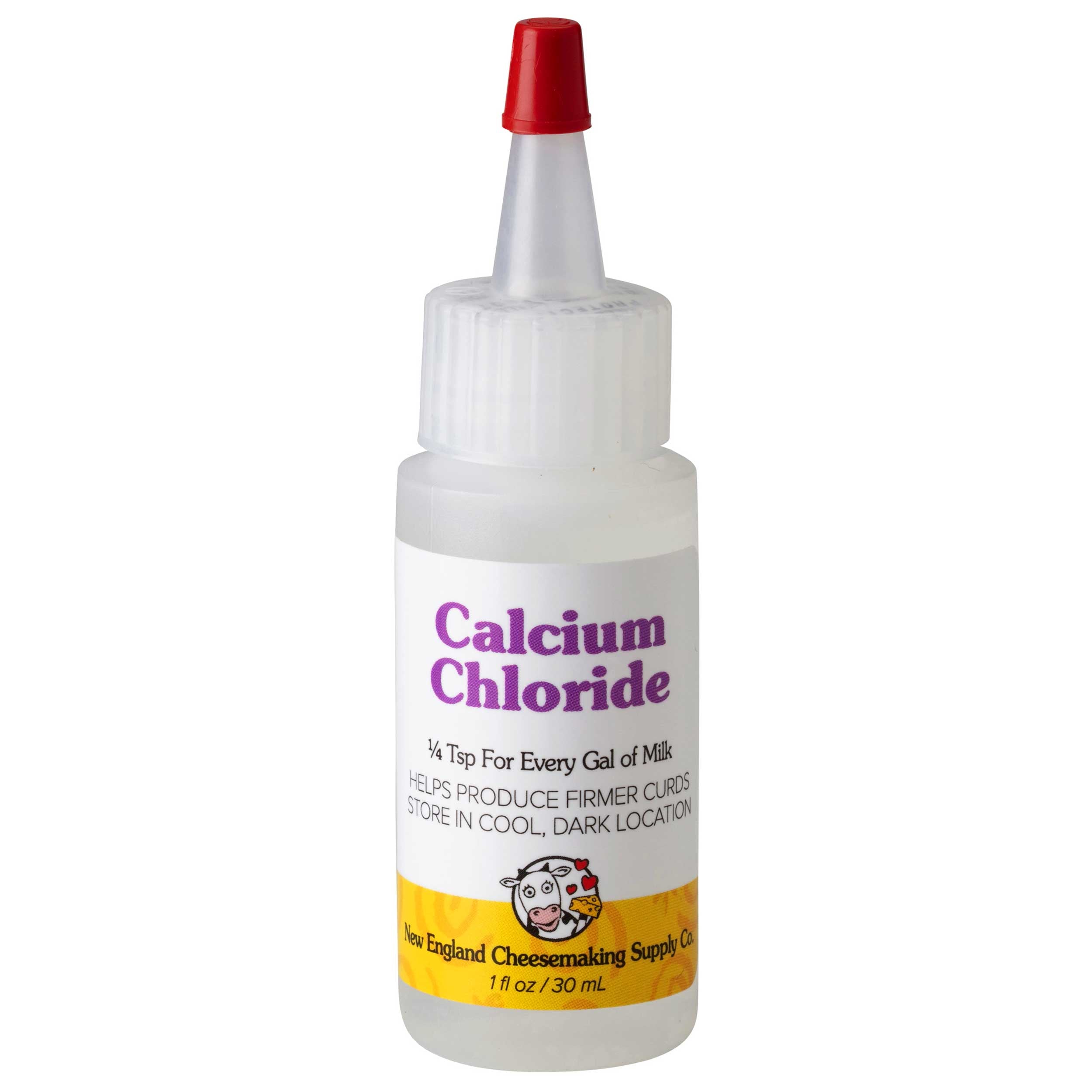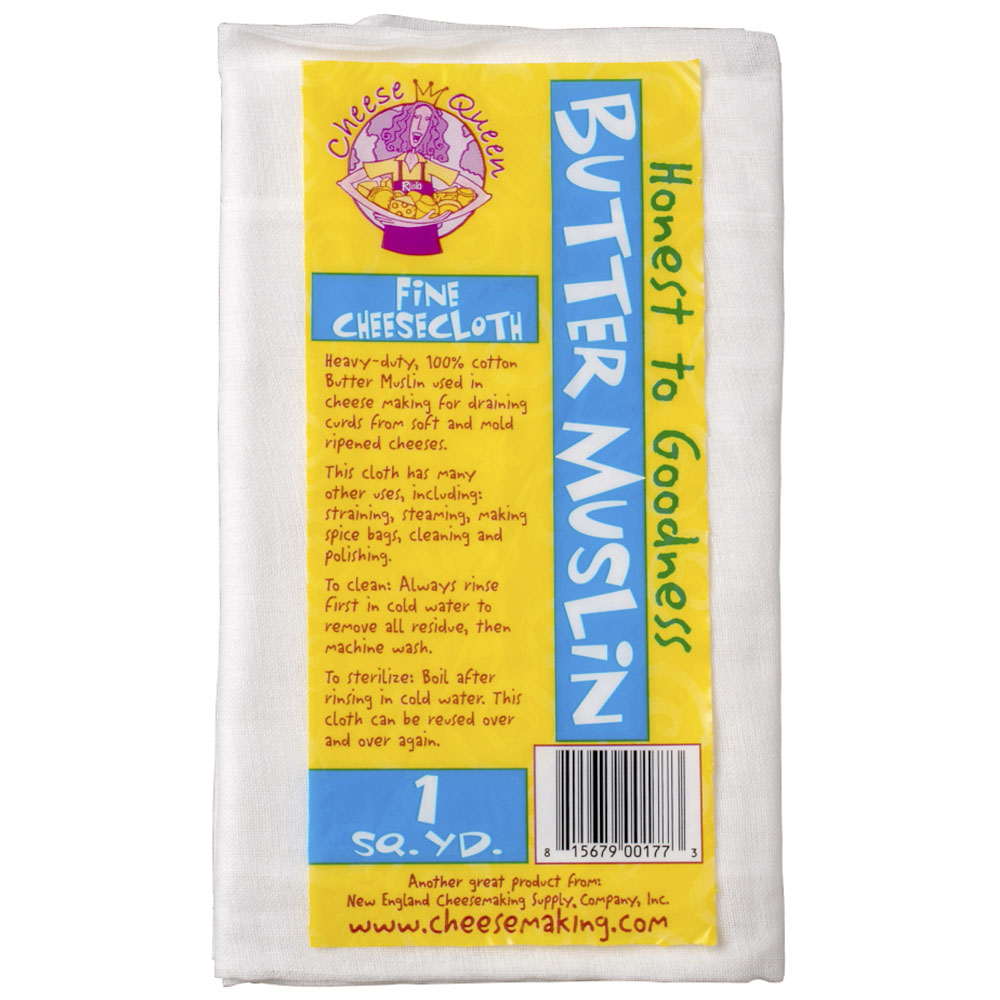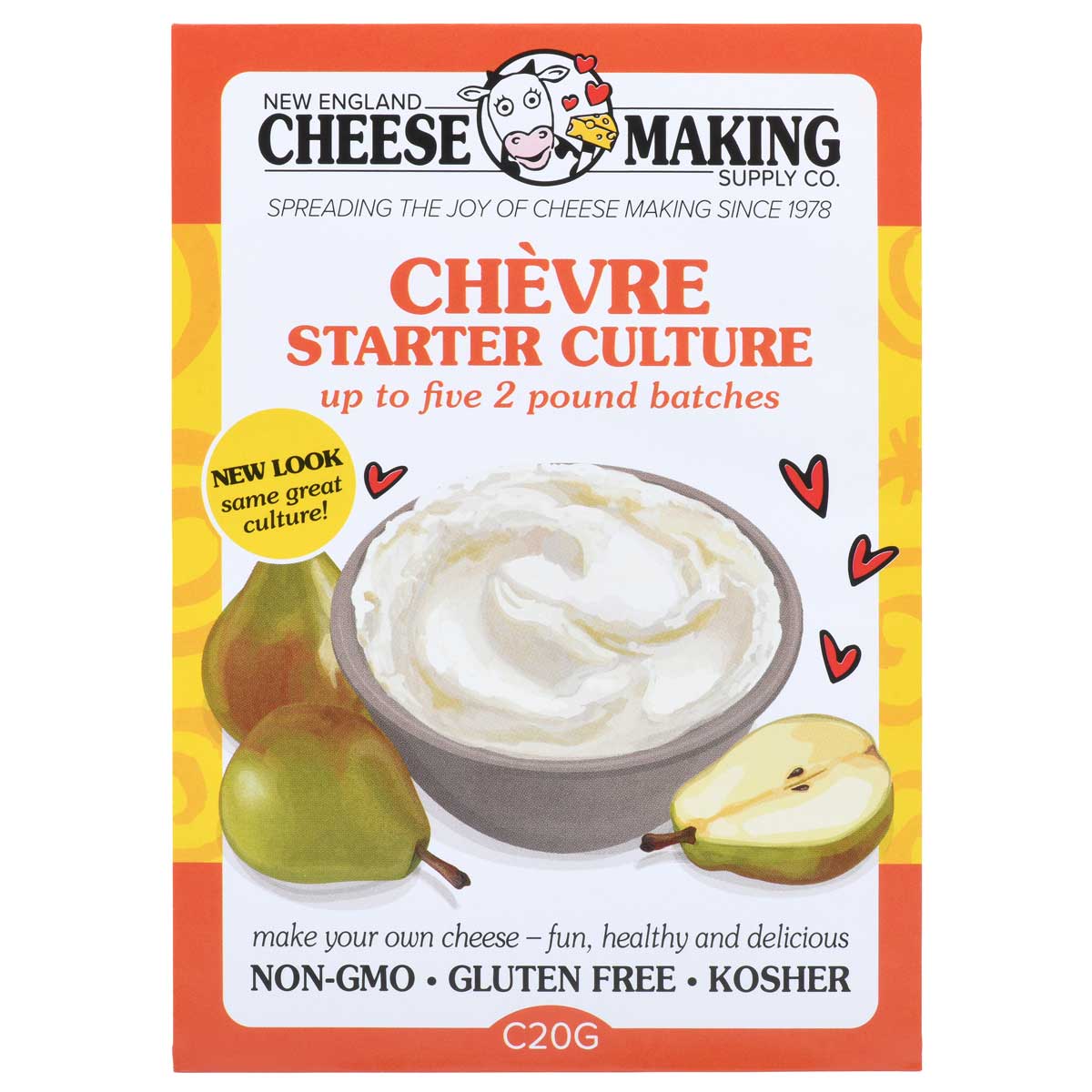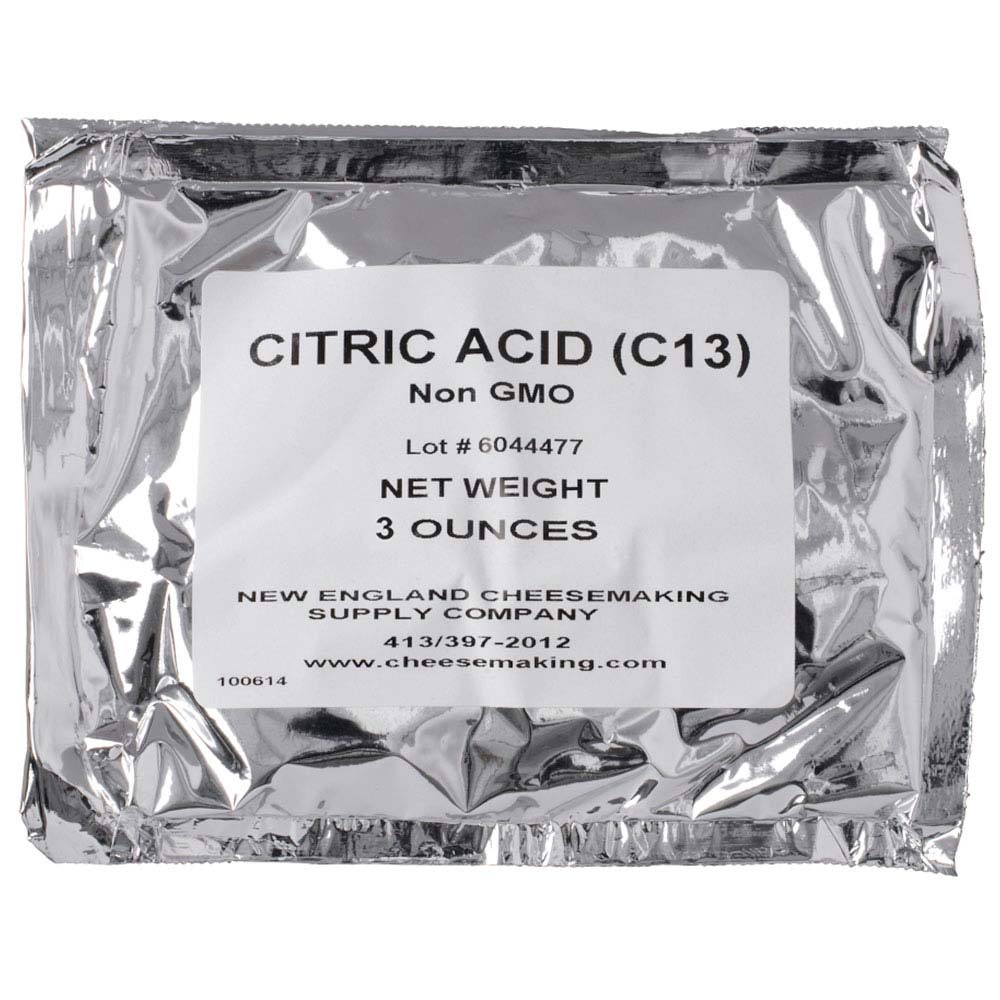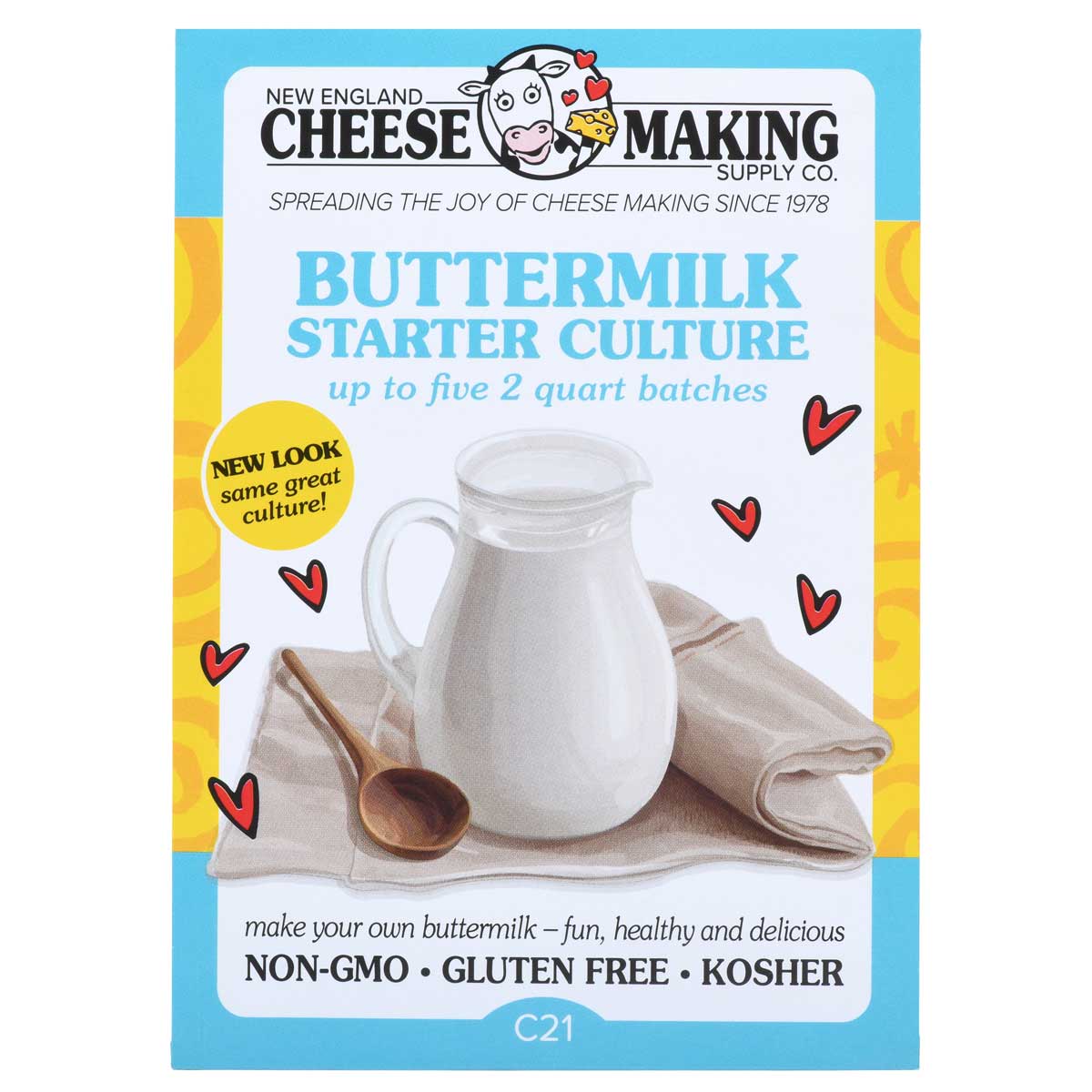Cheese Making Recipe of the Month
Cultured Butter
In many stores we see a commercial version of Brie, made by machines with milk that could be better, and aging that's focused more on getting to market and longer shelf life than what Brie was In our area of the country, the major supermarkets are just starting to carry cultured butter. That may be due to the increasing awareness of the average consumer about the benefits of good bacteria- otherwise known as probiotics.
This is good, but the question is-how much bacteria can really survive the process this butter undergoes when it is made with pasteurized milk, packaged, and transported across the country to you?
We're not scientists, but we can venture to theorize that your own, homemade cultured butter will be loaded with more of the good stuff. Of course, it will also taste dramatically different and that is the part we love the most.
Jim has included everything you will ever want to know about making butter in his super easy recipe. This is not the butter your grandmother made with a churn!
Being Cheese makers you have the option to select our milks and manage the process without retail restraints. So, in this recipe, I'm focusing on making a traditional Brie that stands out from the crowd.
Meet a Fellow Cheese Maker
Her Great "Year of Cheese" is Over!
It's been a blast, but our dearest little farm girl has accomplished her goal. In 12 months, she learned to make fabulous cheese while she shared her triumphs and tribulations with all of us.
Now, alas, she has to work on some house projects for awhile. We'll wait with "abated breath" (what is that anyway?) until she gets caught up with her life and returns to her real home - this Moosletter! In fact, we'll start laying on the pressure right now: COME BACK, SUZANNE!!!
By the way, Suzanne is doing one last cheese making giveaway this month at her Chickens in the Road website where she's giving away a Complete Home Cheese Making Set (G1).
News From Fellow Cheese Makers
It's Hard to Believe She Took Cheesemaking 101 Only Six Months Ago!
This May, I took one of your intro to cheese making classes. Since then I've been a cheese making fiend with a few failures and many successes.
In preparing for a party today, I opened three cheeses: a Fourme d'Ambert, Brie, and a four month old Manchego. They were all amazing.
Thanks for your lesson and supplies. I'm totally hooked!
Katie Wolf
A Simple Little Cheese
I'd like to share this wonderful, easy, inexpensive recipe for a simple but delicious little cheese. Kids, with adult supervision with the heating, can even make this, as the ingredients are all just simple stuff from your kitchen!
- 1 gallon goat or cow milk
- 1 cup white vinegar
- 2-4 tsp kosher or sea salt
Put milk in stainless pot, sprinkle on the salt and stir it well.
Heat to 190 degrees F.
Remove pot from heat and quickly stir in the vinegar, making sure it's well blended; let set for 20 to 30 minutes (checking to make sure it is good and curdled).
Line colander with cheesecloth, pour milk through (whey should be yellow and a little cloudy).
Bring up the corners of cheesecloth and squeeze as much whey out as possible; I let it sit hanging from the edge of the pot at this point for maybe 15 to 20 minutes to make sure all the whey has dripped out.
Open the cheesecloth and you will have a lovely ball of cheese. Put it in a covered crock in the fridge until chilled.
You can use it as a spread, or in salad like feta, or crumbled like queso fresca in enchiladas or tacos, or instead of ricotta in lasagna or manicotti. We have even made a rustic cheese/pear pie with this cheese when we couldn't find mascarpone locally, letting the mixed filling sit in the fridge overnight to soften it up a bit and make it a bit smoother. You can also use it as the base for filling for cheese danish pastry.
We like to stir herbs, nuts, roasted peppers, sun-dried tomatoes, etc into it when it's still liquid (it's easier to stir that way) and this makes a great spread for crackers as an appetizer.
Hope you enjoy this nice little cheese!
Nancy Ferland
Note: You may know this cheese as the South American Queso Blanco or the Indian Panir.
Pressing in the Laundry Room Makes Sense!
I saw the creative home made press in the latest Moosletter. I will probably make a version of that one. Wonderful.
In the meantime, I have been pressing my cheeses as illustrated in the photo below, where I am pressing a Cheddar.
I used a shortened pine log to fit into the follower and support the weights. The upper part of the dowel is tethered to a weighted-down clothes hangar with a rubber band! Trust me it works!
BTW I really enjoy the Moosletter. I've already made two cheeses written up by Jim: Gouda and Gorgonzola Dolce. Camembert is next.
Joe Heyen
Tolerating Lactose Intolerance
Regarding the rice milk question on your recipe request page: This woman is lactose intolerant. She can eat sheep's milk cheese or any cheese aged more then 24 months. My husband is lactose intolerant and he has had no trouble with my cheese from sheep or 2 yr old cheese from cows.
YKnot Farm
Live Kefir Grains
Has anyone had a good experience with ordering live Kefir grains? We get a lot of requests from folks and we don't currently know of a good source. So, if you do, could you let us know?
The Royal Staff
Q. What's a Hygrometer?
A. It Measures Humidity.
If you don't measure the humidity, how will you know what it is? It seems simple enough, but it's amazing to us that many home cheese makers don't have one.
A good hygrometer like this one can make the difference between a good and a great cheese. Don't take a guess!
Ours has many cool features to make your life easier:
- It shows temperature and humidity in large, 1 inch digits.
- It displays the temperature in your choice of Fahrenheit or Centigrade.
- It has a long (10ft) cord with a sensor at the end, so you can read it without constantly opening the door to your "cave."
- It has a wall mount and a fold out stand.
- It records minimum and maximum temperatures.
- Operating instructions and a AAA battery are included.
Please send your cheese making news & photos to: moosletter@cheesemaking.com






























